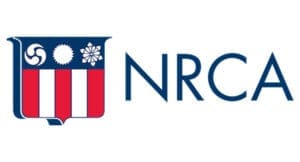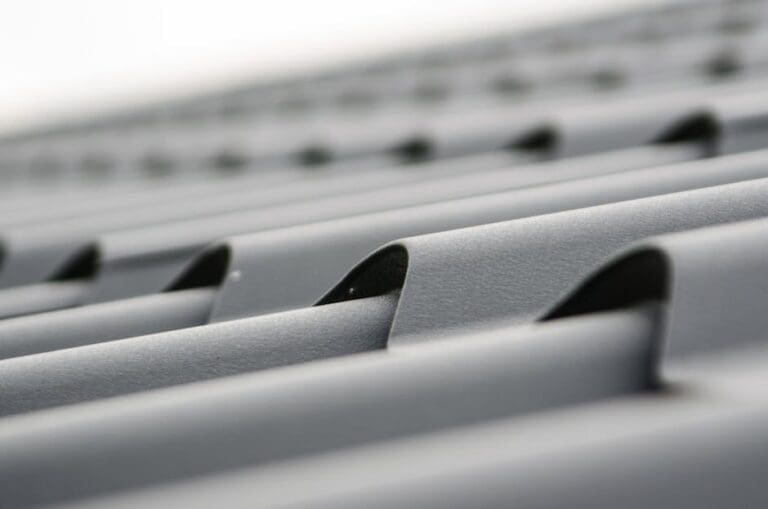What to Do if a Tree Falls on Your Roof
 We’re fortunate in Oregon to have fewer weather-related disasters than other parts of the country, but we are prone to wind, rain, snow, and ice emergencies. All of these events can lead to fallen trees or broken branches. When a tree falls on your roof, you can easily feel shaken and unsure where to begin. From assessing the immediate damage to planning for repairs, responding promptly and effectively is critical to ensuring the safety of your home and family. Here’s a step-by-step guide to handle the situation safely, manage the aftermath, and navigate the repair process. Pressure Point Roofing is here to support you in assessing damage, handling repairs, and restoring your home to its original state.
We’re fortunate in Oregon to have fewer weather-related disasters than other parts of the country, but we are prone to wind, rain, snow, and ice emergencies. All of these events can lead to fallen trees or broken branches. When a tree falls on your roof, you can easily feel shaken and unsure where to begin. From assessing the immediate damage to planning for repairs, responding promptly and effectively is critical to ensuring the safety of your home and family. Here’s a step-by-step guide to handle the situation safely, manage the aftermath, and navigate the repair process. Pressure Point Roofing is here to support you in assessing damage, handling repairs, and restoring your home to its original state.
Nine Steps to Take If a Tree Falls on Your Roof
1. Prioritize Safety: Evacuate and Assess
The first priority when a tree falls on your roof is safety. Even a smaller tree or large branches can cause significant structural damage that might not be immediately visible. Here’s what to do to keep everyone safe:
- Evacuate if Necessary: If the tree causes significant damage, such as breaking through the roof and into your living area, evacuate the house. Find temporary shelter in case the structure is unstable.
- Inspect for Immediate Dangers: Check for sparks, exposed wires, or signs of gas leaks. If you suspect any of these hazards, turn off your home’s power and gas supply, then contact emergency services. Your safety comes first!
2. Contact Emergency Services if Needed
Contact your local emergency services if the tree poses an ongoing danger, such as bringing down power lines or blocking road access. Emergency responders can ensure that no one is in immediate danger and take measures to clear hazards beyond your control.
3. Document the Damage for Insurance Claims
Once the immediate danger is under control, your next step is to document the damage as comprehensively as possible. This documentation will be essential when filing an insurance claim.
- Take Photos and Videos: Capture images and videos of the fallen tree, damaged roof, and any related harm to walls, ceilings, or personal property. Don’t forget to document the surrounding area, as this can provide context for the extent of the damage.
- Make Detailed Notes: Write down any observations about the incident, such as the time, weather conditions, and any known pre-existing issues with the tree.
These records can simplify the claims process and provide evidence of the event, making receiving compensation for the damages easier.
4. Contact Your Insurance Provider
Once you’ve documented the damage, contact your homeowner’s insurance provider. They can walk you through the claims process and tell you which damages are covered. Here’s what to expect:
- File a Claim: Describe the incident and submit your gathered documentation. Most policies cover damage from fallen trees, but specifics can vary, so review your policy and ask questions if needed.
- Schedule an Insurance Adjuster Inspection: The insurance company will likely send an adjuster to inspect the damage in person. An inspection ensures that they assess all potential repairs accurately, which will benefit you in the long run.
Pressure Point Roofing can work with you to navigate this part of the process, as our team has extensive experience working with homeowners on insurance claims related to roof damage.
5. Take Preventive Measures to Protect Your Home from Further Damage
After a tree falls, your roof may be exposed to the elements, increasing the risk of further damage from rain, wind, or debris. Avoid entering areas of the home directly below the damaged roof section until a professional can confirm it’s safe. Heavy branches or trunks can compromise your ceiling and floors, making the area hazardous.
Following are some steps to prevent additional problems until repairs can be made if it feels safe to do so. Remember, never risk your life or safety. If in doubt, evacuate and let the professionals handle it.
- Cover the Damaged Area: Place a tarp or waterproof covering over the damaged sections to protect against rain and moisture. Secure it tightly to keep it in place until professional help arrives.
- Clear Out Debris: If possible, remove any loose branches, leaves, or other small debris from your yard to prevent it from blowing around or causing further issues.
6. Consult Roofing Experts to Assess the Damage
While minor roof issues can sometimes be managed with small repairs, tree-related damage is typically more extensive and requires a professional evaluation. Here’s why:
- Structural Impact: A fallen tree can damage not only shingles but also structural components of the roof, such as beams and joists. Proper inspection by experts, like the team at Pressure Point Roofing, ensures that underlying issues are identified and addressed.
- Hidden Water Damage: Cracks or breaks in the roof can allow water to seep into your attic or ceiling. Professionals can assess for moisture buildup and hidden leaks, which, if untreated, can lead to mold growth.
- Choosing the Right Materials for Repairs: A professional roofer will help match new materials with your existing roof, ensuring consistency in look and performance. Whether you need shingle replacements or structural reinforcement, expert advice will help make sure your repairs last.
7. Schedule Roof Repairs and Structural Restoration
Once your roof has been assessed, it’s time to plan for repairs. Pressure Point Roofing specializes in handling repairs from tree-related incidents, providing services that include shingle replacement, structural fixes, and complete roof restoration. Here’s how we help restore your home:
- Develop a Repair Plan: Our team will work with you to outline the best approach for restoring your roof. This may include temporary fixes, such as securing tarps, and a comprehensive repair schedule to address all structural and aesthetic concerns.
- Quality Workmanship: Our commitment to quality materials and skilled craftsmanship ensures that your roof repairs will be handled with the utmost care. We prioritize restoring your roof to pre-incident condition or improving its durability where possible.
- Ongoing Support: After the repairs, our team provides guidance on maintaining your roof and assessing nearby trees to prevent future incidents. We’re here to ensure your roof remains in excellent condition for years to come.
8. Assess Other Nearby Trees for Potential Hazards
After experiencing the stress and damage caused by a fallen tree, it’s wise to inspect other trees on your property to prevent similar incidents. Signs of potential hazards include:
- Dead or Leaning Trees: Trees that are noticeably leaning or have visible signs of disease or rot are at higher risk of falling.
- Overhanging Branches: Branches directly over your roof pose a risk of strong winds or storms. Consider trimming back or removing overhanging limbs to reduce this risk.
- Root or Trunk Damage: Trees with damaged roots or trunks may be less stable. A professional arborist can assess tree health and recommend necessary actions.
9. Restore Your Peace of Mind with Professional Assistance
Dealing with a fallen tree on your roof can feel overwhelming, but with the right support, you can restore your home and peace of mind. At Pressure Point Roofing, we are committed to helping homeowners navigate the complexities of roof repair and restoration. Our experts will work with you every step of the way, from assessing damage to completing high-quality repairs.
Contact Pressure Point Roofing Today
If a tree has fallen on your roof, don’t wait to get the expert help you need. At Pressure Point Roofing, we understand the urgency of roof repairs after an incident like this and will work to restore your roof promptly and professionally. Call us today at 541-772-1945 for advice and a detailed plan for repairing and strengthening your roof. With our team on your side, you can trust that your home will be protected and restored, ensuring safety and comfort for you and your family.
Taking quick and effective action after a tree falls on your roof is crucial. By following these steps and partnering with a trusted roofing expert, you can manage the situation confidently and protect the long-term integrity of your home.
Schedule a Consultation
By submitting this form, I agree to receive calls and text messages (including those sent using automated technology) from Pressure Point Roofing, LLC and its representatives at the number provided. Message and data rates may apply. Message frequency may vary. Consent is not required as a condition of purchase. Reply STOP to unsubscribe at any time.
Related Content
Partners and Awards












